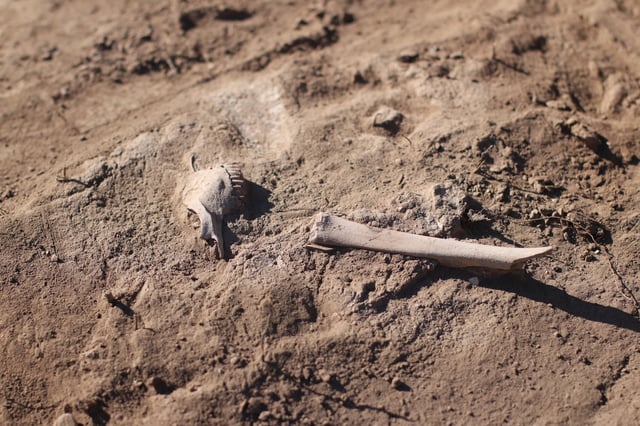Overview
- Researchers extracted the Late Neolithic Bronze Age Yersinia pestis genome from a sheep tooth unearthed at the Arkaim site in present-day Russia, marking the first animal-host recovery of this lineage.
- Comparison with a nearby human sample revealed the sheep’s plague strain was nearly indistinguishable from contemporaneous human infections, confirming cross-species circulation.
- Genomic analysis showed the LNBA lineage lacks key flea-transmission genes found in later plague outbreaks, indicating it spread by alternative pathways.
- Expansion of Bronze Age herding practices in the Sintashta-Petrovka region likely heightened interactions between livestock and wild animal reservoirs, driving spillover events.
- Scientists now aim to broaden ancient DNA surveys of animal remains to pinpoint the unknown wild reservoir that sustained the LNBA plague lineage.
